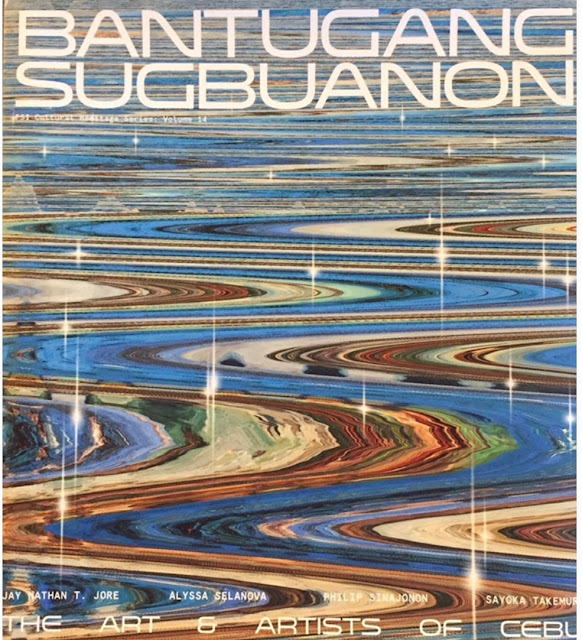Tarhata Kiram on Stamps

Princess Tarhata Kiram, (1904-1979). Like the slender curves of a Moro kris, her name conjures the image of Oriental grace and fierceness. Princess Hadja Tarhata Kiram was a Tausug blue blood, born in 1904 in the Sulu archipelago, the oldest sultanate in the Philippines. Her father was the sultan of Sulu, Mohammed Esmali Kiram. She was, however, adopted by her uncle, Sultan Jamalul Kiram II.
Strong-willed and liberal-minded, she held feminist views that preceded those espoused by the modern women’s liberation movement in the Philippines by decades. Known for her beauty, she one graced the cover of the Philippine Free Press magazine. Her life style, too, was jaw-dropping. It seemed that wherever she went her retinue led by a governess trailed not far behind her. As a young woman brimming with intellect, she was sent to the United States in 1920 as the first woman pensionado. As expected, her entourage accompanied her. At a time when women were generally considered as home keepers, her choice must have created quite a stir in the Philippines.
She finished her studies at the University of Illinois. Her American education over, she returned to Sulu. Except for the noticeable accent, the Princess reverted to her native ways. She donned anew the sablay and sawwa, traditional Tausug dresses. Not stopping there, however, she shocked not only the American officers but her family as well when she married Datu Tahil, Tausug leader of the 1927 Moro revolt in Sulu. Because of this, she was forced to go on exile on an island where she remained for three years, resurfacing only in 1931 when she joined local politics.
Opposition to land taxes, the cedula, the imposition of penalties for tax delinquencies, and the prohibition against the carrying of weapons fueled Datu Tahil’s uprising in Sulu in 1927. A veteran of the 1913 battle of Bud Bagsak, where he lost his wife and child, Datu Tahil had reconciled to American authority. He had served as the third member of the provincial board of Sulu and was considered as a prospective governor. His disappointment at not being appointed to the post may have precipitated his personal break with the government. He constructed a fort in Patikul, not far from Jolo town, where a sizeable number of his followers rallied behind him. On January 31, 1927, government troops attacked his fort, killing 30 to 40 of his men. Datu Tahil managed to escape, but secretly surrendered on February 8, to the provincial governor. Princess Tarhata pleaded for clemency, and he was sentenced to 10 years in prison and fined P10, 000. His surrender enraged his surviving followers. His sisters, purportedly, wished him dead.
Princess Tarhata had two other marriages: to Datu Buyungan and to Salvador Francisco, a Christian lawyer, accountant and engineer. In politics, she found ways to plug the laws disadvantageous to the Muslims. She was consultant on Islamic affairs at the office of the commissioner, Region 9, under Rear Admiral Romulo Espaldon. She became noted for her contributions to the government’s development activities in Mindanao.
She was one of the heirs of the island of Sabah, which the Sultan of Sulu had leased to the British but which the British never returned. The Princess led the other royal heirs in renouncing their proprietary rights over the island in July 1977, in line with President Marcos’ efforts to foster closer relations with Malaysia.
The Princess proved herself not only in politics, but also in music, writing Tausug songs. “Jolo Farewell” was among her most popular compositions. One of her memorable political battles was her denunciation in 1927 together with Senator Hadji Butu Rasul of the Bacon Bill, which sought to exclude the Sulu archipelago from Mindanao.
Princess Tarhata died of heart failure on May 23, 1979 at the Veterans Memorial hospital in Quezon City. She was 75. She had two children: Puti Denchurain and Datu Agham Kiram. As a tribute to her courage in fighting for the rights of her fellow Muslims, the National Historical Institute honored her by placing a marker in her name in Jolo, Sulu in 1984.
Date of Issue: January 16, 1984






